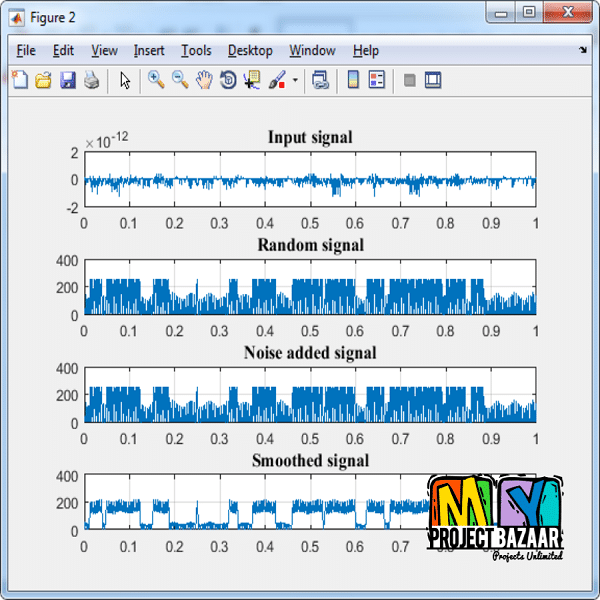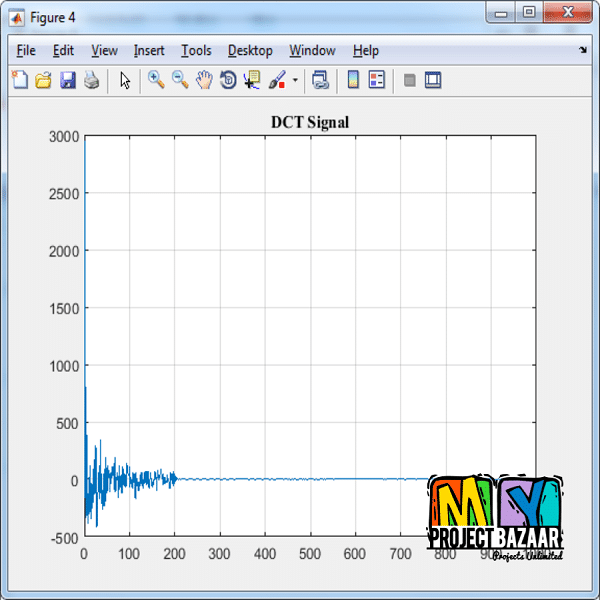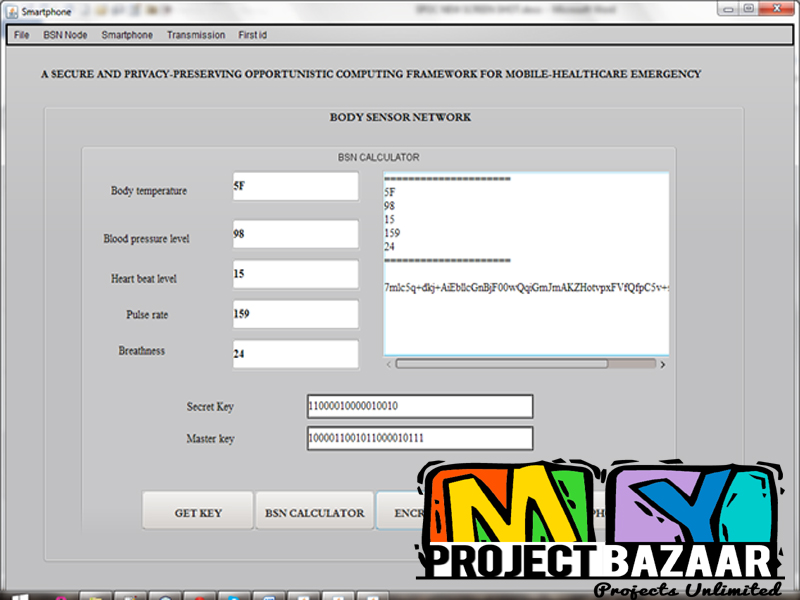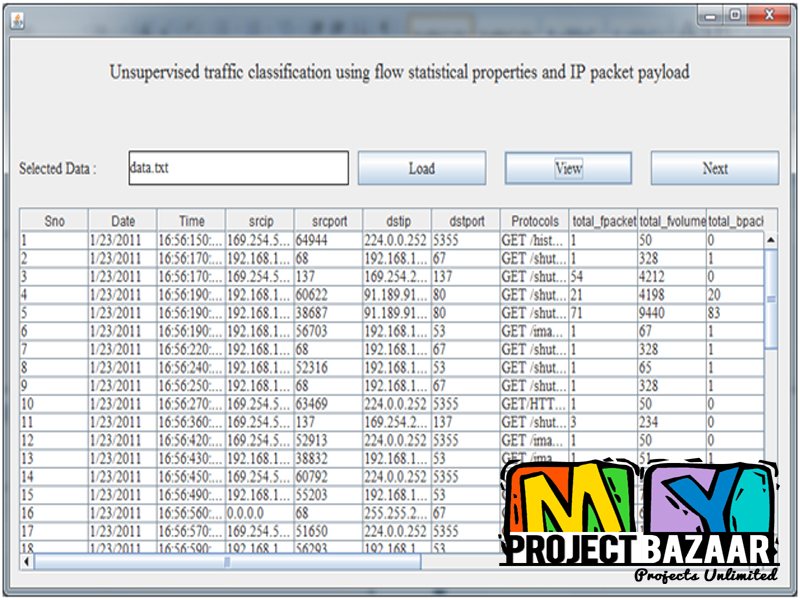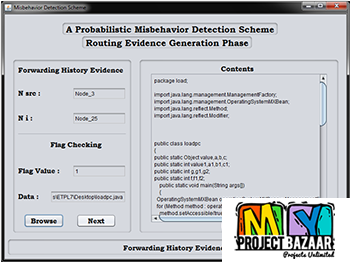Electroencephalography (EEG) signal processing for epilepsy and autism spectrum disorder diagnosis
Product Description
Electroencephalography (EEG) signal processing for epilepsy and autism spectrum disorder diagnosis
Abstract-Quantification of abnormality in brain signals may reveal brain conditions and pathologies. In this study, we investigate different electroencephalography (EEG) feature extraction and classification techniques to assist in the diagnosis of both epilepsy and autism spectrum disorder (ASD). First, the EEG signal is pre-processed to remove major artifacts before being decomposed into several EEG sub-bands using a discrete-wavelet-transform (DWT). Two nonlinear methods were studied, namely, Shannon entropy and largest Lyapunov exponent, which measure complexity and chaoticity in the EEG recording, in addition to the two conventional methods (namely, standard deviation and band power). We also study the use of a cross-correlation approach to measure synchronization between EEG channels, which may reveal abnormality in communication between brain regions. The extracted features are then classified using several classification methods. Different EEG datasets are used to verify the proposed design exploration techniques: the University of Bonn dataset, the MIT dataset, the King Abdulaziz University dataset, and our own EEG recordings (46 subjects). The combination of DWT, Shannon entropy, and k-nearest neighbor (KNN) techniques produces the most promising classification result, with an overall accuracy of up to 94.6% for the three-class (multi-channel) classification problem. The proposed method obtained better classification accuracy compared to the existing methods and tested using larger and more comprehensive EEG dataset.
Including Packages
Our Specialization
Support Service
Statistical Report

satisfied customers
3,589
Freelance projects
983
sales on Site
11,021
developers
175+Additional Information
| Domains | |
|---|---|
| Programming Language |


